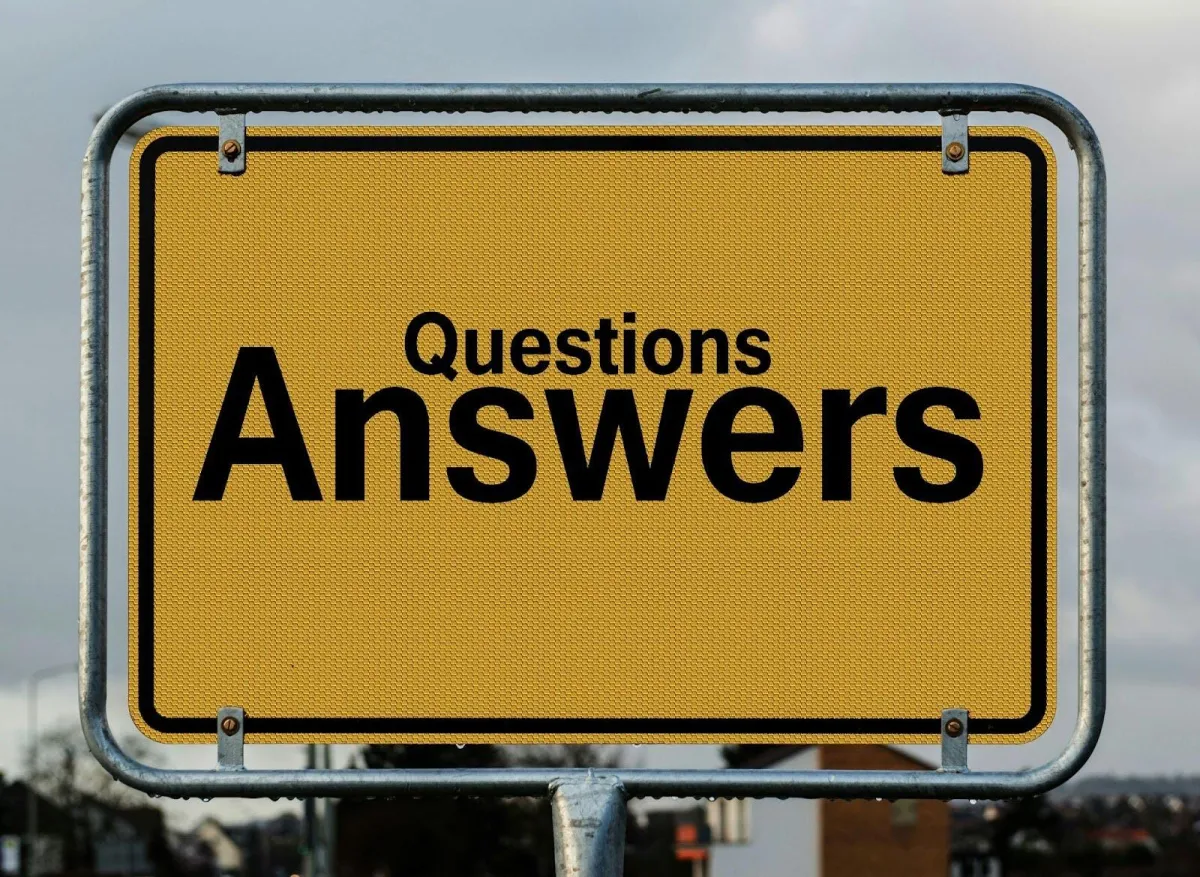
How to Structure Your Interview Questions and Answers in 2025
How to Structure Your Interview Questions and Answers in 2025
Traditional STAR Method for Interview Questions2
Advanced GRAMS Method™: Beyond STAR Technique3
STAR vs GRAMS Method™: Which Interview Framework Works Better?4
How to combine the STAR vs GRAMS Method™ for Interview Success5
Interviews are tricky beasts.
You can have the right skills, the right CV, and even the right suit - yet still walk out thinking, “I absolutely fluffed that one.” And here’s the catch: it’s rarely because you weren’t qualified. It’s usually because your interview questions and answers didn’t have enough structure.
Here’s a shocking stat: 78% of hiring managers use behavioural interview techniques (LinkedIn, 2023). Yet fewer than a third of job seekers prepare their answers using a proven framework.
That’s why so many brilliant professionals undersell themselves and why even confident candidates often waffle their way into rejection.
The good news?
It’s a problem you can fix. In this guide, I’m going to walk you through two proven frameworks. First, we’ll look at the classic STAR method - a favourite with recruiters for years.
Then, we’ll dive into its more advanced and persuasive successor: the GRAMS Method™.
Along the way, I’ll show you when to use which, how they compare, the biggest mistakes people make, and a clear interview preparation guide you can follow.
By the end, you’ll know exactly how to structure your answers, so you sound clear, credible, and persuasive.
_________________________________________________________________________
TL:DR Key Takeaways
Most candidates lack structure: 78% of hiring managers use behavioural interview techniques, yet fewer than 33% of job seekers prepare answers using proven frameworks (LinkedIn, 2023)
STAR provides clarity: The traditional STAR method (Situation, Task, Action, Result) prevents rambling and delivers 42% more effective answers than unstructured responses (SHRM, 2019)
GRAMS shows strategy: The advanced GRAMS Method™ (Goals, Reality, Alternatives, Meaning, Solutions) demonstrates strategic thinking and business impact beyond basic storytelling
Behavioural questions dominate: 55% of hiring outcomes are influenced by behavioural interview questions, making structured frameworks essential (Glassdoor)
Combination creates confidence: STAR provides execution clarity whilst GRAMS proves evaluation skills - together they show both precision and strategic depth
_________________________________________________________________________
Traditional STAR Method for Interview Questions
Let’s get one thing straight: STAR is a classic for a reason. And it still pops up in career coaching because it works.
STAR stands for:
Situation – Set the scene.
Task – What exactly was the challenge or responsibility?
Action – Spell out what you did.
Result – Share the measurable outcome.
Why STAR works:
Prevents rambling.
Clarifies your personal responsibility.
Emphasises achievements with evidence.
The 2019 SHRM Hiring Trends Report found interviewers rated structured answers like STAR 42% more effective than off-the-cuff waffle.
But here’s the flip side: STAR risks feeling one-dimensional in strategic or senior roles - it’s a bit like bringing toast to a dinner party when everyone else has brought a proper dish.
So long story short, the STAR is a brilliant tool for early-career professionals or anyone who struggles with clarity.
But to impress at higher levels, it’s often not quite enough.
GRAMS METHOD
Advanced GRAMS Method™: Beyond STAR Technique
Here’s the fun part: the GRAMS Method™. Think of it as STAR’s sharp-suited older sibling. It doesn’t just tell a neat story - it explains intent, strategy, risk, and resolution.
GRAMS Method™ stands for:
Goals
What was the objective? What needed to change?
Reality
What was happening on the ground? Walk through the current state step by step, with specifics. (Customer journey map level detail works wonders here.)
Alternatives
What choices existed? How was it handled before? Why did you change? What options were considered for the future?
Meaning
Why did it matter? What did the organisation or you stand to gain? What risked being lost without action?
Solutions
What obstacles came up, how did you rank them, and how did you resolve them?
Why recruiters love GRAMS Method™:
It shows strategic thinking beyond just “what happened.”
It demonstrates decision-making under pressure by laying out alternatives.
It highlights business impact by pulling in meaning and stakes.
It proves problem-solving ability by showing how you prioritise solutions.
According to Glassdoor, 55% of hiring outcomes are influenced by behavioural interview questions. The GRAMS Method™ (created by Gary Van Broekhoven of What Drives Them) is tailor-made for this reality: it persuades, not just informs.
GRAMS Method™ turns an interview answer into business storytelling. It shows competence and persuasion, not just recollection.
STAR vs GRAMS Method™: Which Interview Framework Works Better?
Let’s stack them side by side:
STAR works best if…
You struggle structuring your answers and have a tendency to waffle.
You’re answering straightforward behavioural questions.
Your focus is on clear, structured storytelling.
GRAMS Method™ works best if…
You’re pursuing early, mid–senior or leadership roles.
You need to connect with your interviewer and ask memorable characters
You want to prove judgement, foresight, and value.
STAR vs GRAMS: Clarity vs Curiosity
So, which is better?
Spoiler (so sorry), but it’s not an either/or.
The STAR Method is about clarity - It keeps you from waffling and ensures you deliver a clean, logical story.
While the GRAMS Method™ is about curiosity - It proves you think in questions:
What’s the goal?
What’s the reality?
What are the alternatives?
What does it all mean?
What solutions make sense?
Think about it this way:
STAR answers prove you can execute, while the GRAMS answers prove you can evaluate. The combination - well that’s lethal. And recruiters not only want but need both!
In short: STAR = clarity; GRAMS Method™ = persuasion & competence.
How to combine the STAR vs GRAMS Method™ for Interview Success
At the end of the day, interviews aren’t pop quizzes designed to trip you up. They’re structured conversations to see if you can deliver value.
Why STAR + GRAMS Is the Lethal Combo
Here’s the blunt truth: you can do well during your interviews with just STAR, and you can impress your interviewer and be beyond memorable using GRAMS!
But when you use them together, that’s when things get explosive.
STAR gives you a bulletproof way to answer questions clearly. While the GRAMS Method™ ensures you’re also asking the right questions of the situation and showing that you think ahead.
The combo is lethal because clarity + curiosity = confidence.
One proves you act with precision, the other proves you think with depth.
So next time, don’t just stop at delivering neat answers (STAR). Layer in the bigger “why” and “what else” questions (GRAMS). That’s when hiring managers shift from “Good candidate” to “We absolutely need them on the team.”
Learn how to combine the STAR and GRAMS Method™ so you can excel at asking and answering questions in an interview.
FAQs on Interview Questions and Answers
What is the STAR method for interview questions and answers?
The STAR method (Situation, Task, Action, Result) is a structured way of answering interview questions that keeps your answer clear, concise, and focused.
What is the GRAMS Method™ for interviews?
The GRAMS Method™ (Goals, Reality, Alternatives, Meaning, Solutions) is an advanced framework that shows strategy, decision-making, and impact in interview answers.
Should I use STAR or GRAMS Method™?
Use both the STAR framework and GRAMS Method™ in any senior or strategic roles, as well as entry-level roles - this is the best way to make a great, lasting impression for whatever type of job interview you have!



